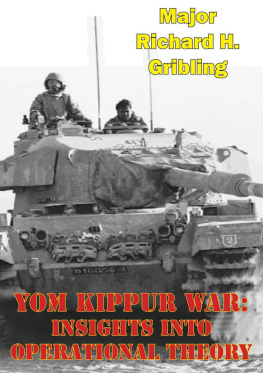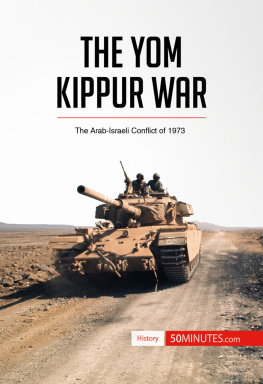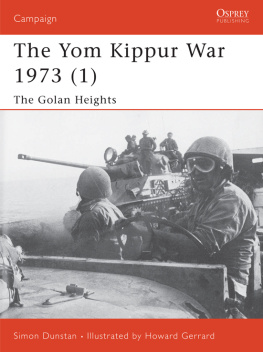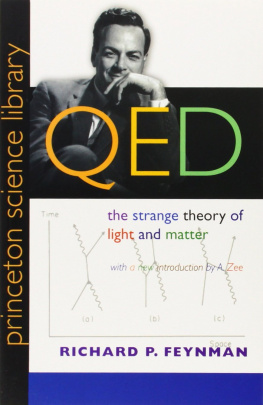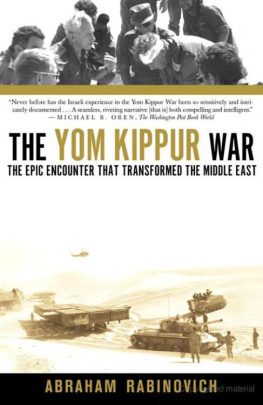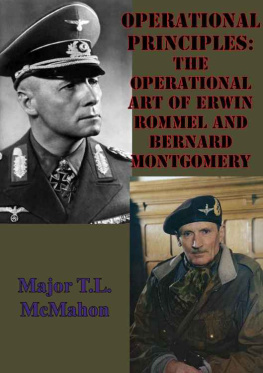This edition is published by PICKLE PARTNERS PUBLISHINGwww.picklepartnerspublishing.com
To join our mailing list for new titles or for issues with our books picklepublishing@gmail.com
Or on Facebook
Text originally published in 1988 under the same title.
Pickle Partners Publishing 2014, all rights reserved. No part of this publication may be reproduced, stored in a retrieval system or transmitted by any means, electrical, mechanical or otherwise without the written permission of the copyright holder.
Publishers Note
Although in most cases we have retained the Authors original spelling and grammar to authentically reproduce the work of the Author and the original intent of such material, some additional notes and clarifications have been added for the modern readers benefit.
We have also made every effort to include all maps and illustrations of the original edition the limitations of formatting do not allow of including larger maps, we will upload as many of these maps as possible.
THE YOM KIPPUR WAR: INSIGHTS INTO OPERATIONAL THEORY
BY MAJ RICHARD H. GRIBLING, USA.
TABLE OF CONTENTS
Contents
ABSTRACT
THE YOM KIPPUR WAR: INSIGHTS INTO OPERATIONAL THEORY by MAJ Richard H. Gribling, USA.
In 1973, Israel found itself fighting its fifth major war against its Arab neighbors since achieving independence 25 years previously. This was a war in which both sides designed their military strategies within the framework of the political limitations set down by the two superpowers: the United States and the Soviet Union. As a result, both sides attempted to design campaigns in which key engagements set the conditions for a successful political solution.
This paper begins with a broad overview of the conflict. It discusses three characteristics of the operational level of war: centers of gravity, culminating points, and the linkage of means and ends. It then analyzes how these characteristics significantly shaped the course of this war for both opponents. Finally, this study concludes that victory is only achieved by designing campaigns based on positive aims. For this war, the positive aim was defeating the opponent's source of strength.
I INTRODUCTION
In 1973, Israel found itself fighting its fifth major war against its Arab neighbors since achieving independence twenty-five years previously. This was a war in which both sides designed their military strategies within the framework of the political limitations set down by the two superpowers: the United States and the Soviet Union.
The loss of the Sinai as a result of the 1967 War severely embarrassed Egypt as a nation and blocked her path to becoming the leader of the Arab world. Since the 1967 defeat, Egypt felt it had gained the sympathy of many foreign governments concerning its desire to restore the territories lost six years earlier.
In large measure, the Arab strategy focused on the United States' policy toward Israel. By seizing the Israeli controlled Suez Canal and Golan Heights, Egypt and Syria would force the United States to make a choice "either of taking the long delayed action on an implicit commitment to force Israel to evacuate the Arab territories or to expose US interests in the Arab world to real danger".
The Arab campaign plan, then, was designed as a limited offensive. Its specific goals entailed the occupation of the Golan Heights by Syria and the establishment of bridgeheads on the east side of the Suez by Egypt.
Accomplishing these goals would render two important political conditions. First, the Arab world regains its respect as a viable military presence in the Middle East. Second, the inevitable call by the superpowers to come to a negotiated peace gives all the political leverage to Syria and Egypt.
Israel also understood that it had political limitations and must operate under the benevolent influence of the Unites States. Although the US would never let Israel become destroyed as a state, it would also never let Israel achieve total victory over its opponents.
The Yom Kippur War presents a recent study of limited war in which the end state was reached at the bargaining table. Both sides designed campaigns in which key engagements set the conditions for a successful political solution. This paper discusses three characteristics of the operational level of war as it applied to this conflict. These characteristics of centers of gravity, culminating points, and the linkage of means and ends significantly shaped the course of this war for both opponents. The importance of this study is understanding how these principles influenced both campaign design and the desired end state of both sides in this limited war.
II HISTORICAL OVERVIEW
The Israeli Defense Force (IDF) was a victim of the successes it experienced in the 1967 Sinai War. The Israeli Air Force had conducted first strikes against Arab air bases which rendered their enemies air power useless and gave the IDF air superiority over the battlefield. This air superiority resulted in complete freedom for its ground maneuver forces. However, Israel's reliance on this combination of the fighter aircraft and battle tank produced faulty lessons that would take Israel to the brink of military defeat in October, 1973.
Chaim Herzog, former President of Israel, stated that the 1967 War gave the IDF the false sense that the fighter aircraft and the tank were the predominant weapon systems for future wars. The fighter, once it achieved air superiority, was used in support of armor units and as airborne artillery. The tank relied on its highly accurate gunnery and mobility to win the ground battle.
Added to this military unpreparedness were the differing opinions expressed by both the political and military leadership as to how Israel should defend its borders. A major concern was the expense associated with readiness. Mobilizing the entire country every time Egypt or Syria conducted military maneuvers put severe strains on the economy. In fact, Israel did mobilize the IDF in May of 1973, in a reaction to Arab maneuvers. This partial mobilization cost 11 million dollars, temporarily hurt the Israeli economy, and became a leading argument against any further over-reaction to Arab military exercises. Balancing the Israeli economy with the decision to mobilize for war caused both the politicians and the military leaders to rely on accurate interpretations of information furnished by the intelligence community.
The security of the country was based on two risky assumptions. First, the Israeli intelligence network was capable of giving both the political and military decision makers ample warning of an Arab attack. Second, initial Israeli ground defenses, combined with the quick reacting air force, could hold off any attack until the IDF was fully mobilized.
By 1973, the majority of the Israeli intelligence community became enamored with what was termed "The Concept".
Since their defeat in the 1967 Sinai War, Arab nations were learning from their mistakes. Massive Soviet military aid was welcomed, in particular, by Egypt and Syria. President Anwar Sadat secured a loan from the Gulf States and Saudi Arabia that allowed him to re-equip his armed forces with ground-to-air missiles and helicopters.
Dealing with the Israeli Air Force was of primary importance to both the Syrians and the Egyptians. Both countries accepted Israeli dominance in the air but agreed that a sophisticated air defense screen could negate the Israeli Air Force's effectiveness on the battlefield. The air defense objective was "to deprive Israel of air supremacy by establishing a modern and strong air defense system that could paralyze the Israeli air force mainly with missiles and antiaircraft guns...."


